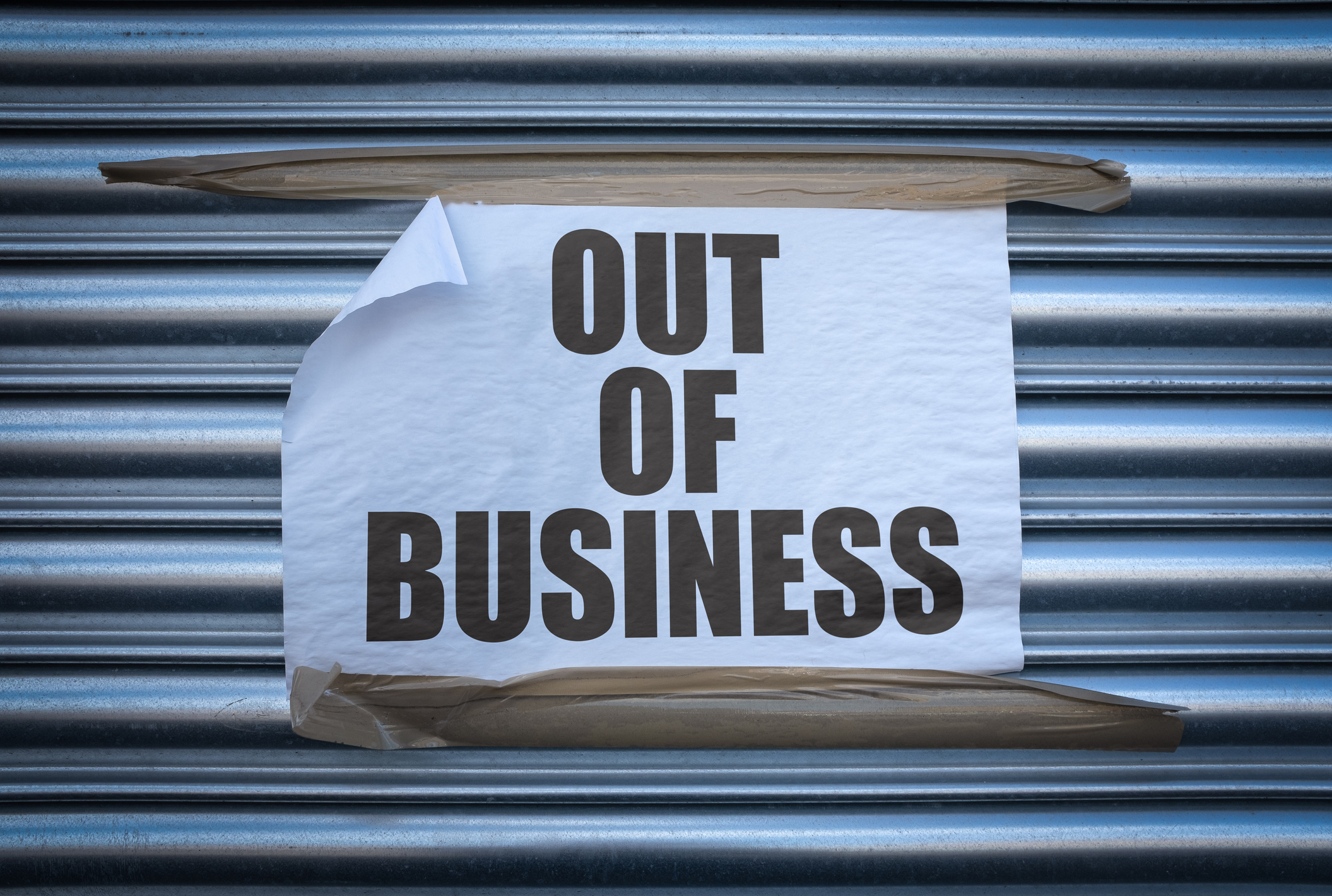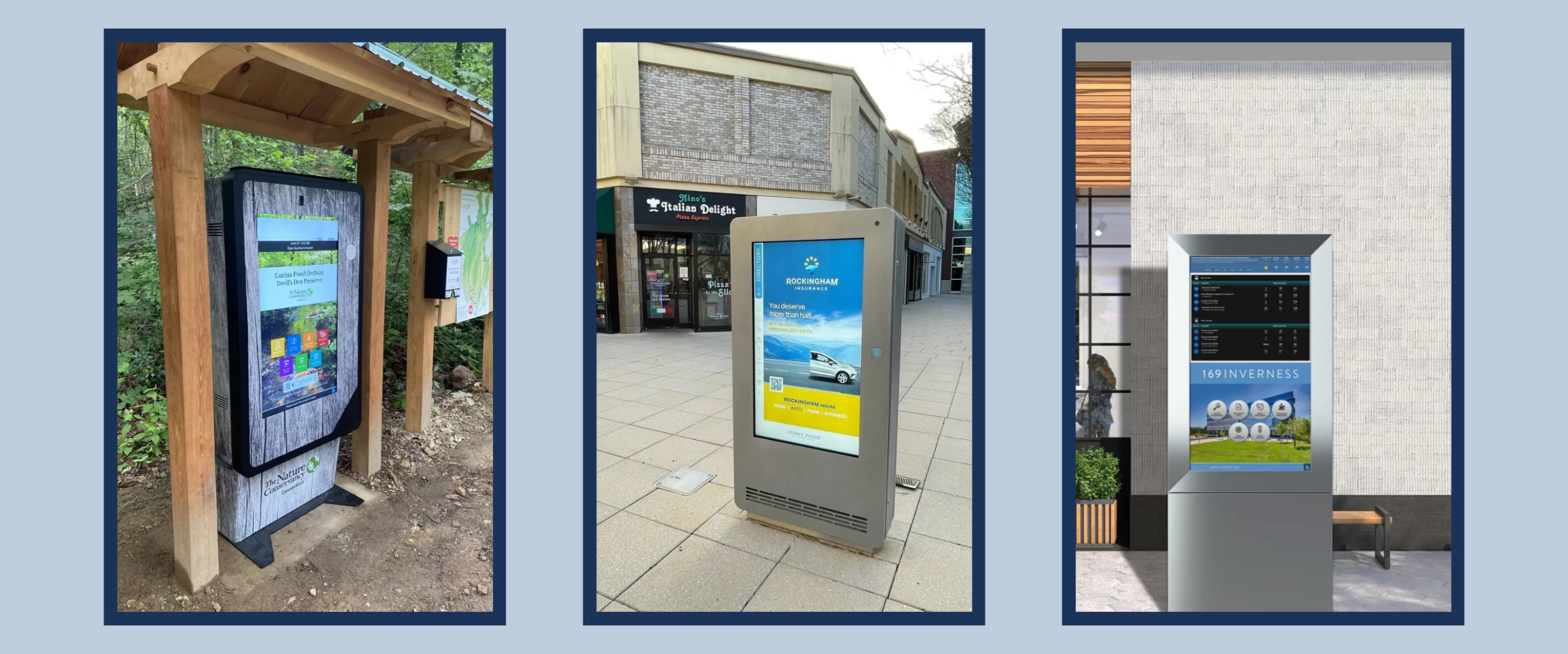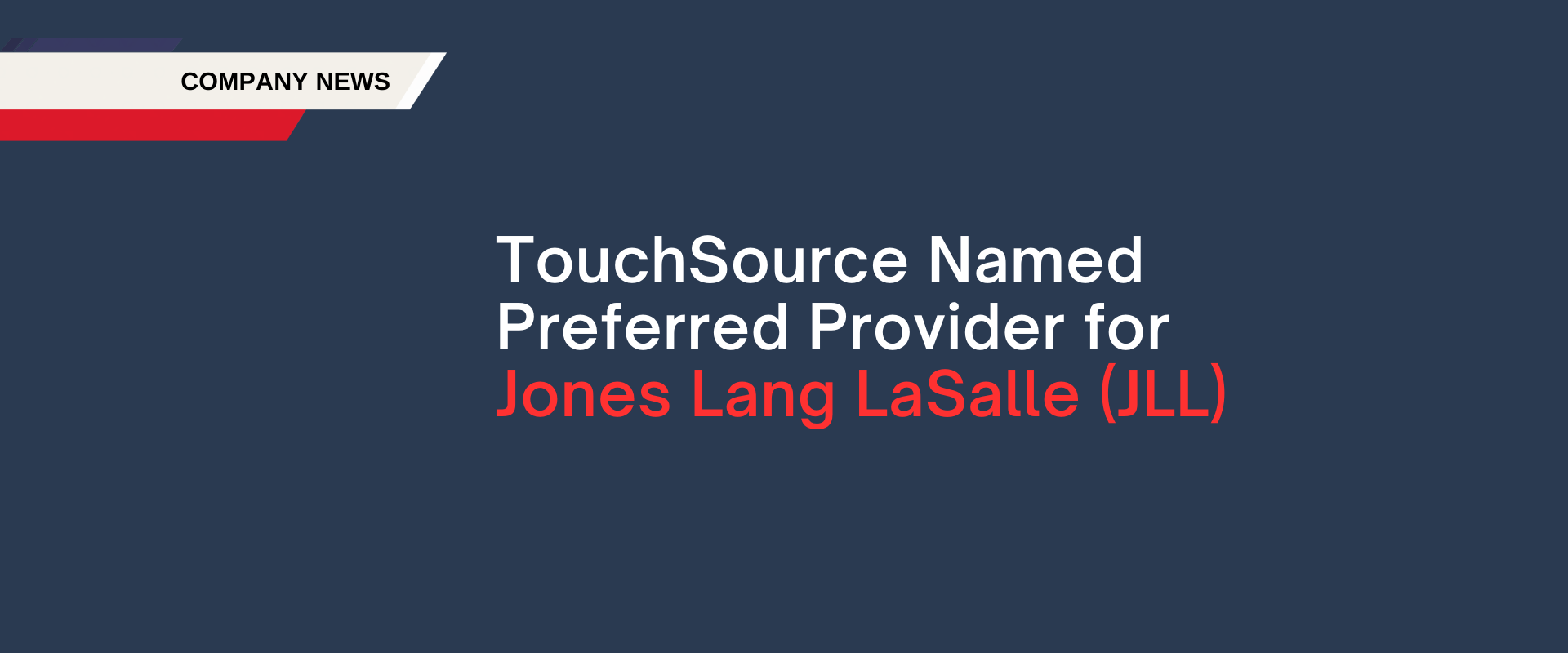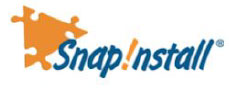4 Ways to Build a Stronger Workspace Using Digital Directories (2023)
The rise of hybrid work models has revolutionized the way we think about the modern office. While employees have enjoyed the flexibility of working from home post-pandemic, more company leaders are demanding a partial or full return to the office.
But here’s the problem: Things have changed. Employees have become comfortable with the flexibility of their lives in 2023. When going into the office, there is an expectation that their time there will be well-spent and worthwhile. A one-size fits all approach to working no longer works.
How the Idea of the Office Has Changed in 2023
Last year I participated in a RealComm webinar about what workplace experiences make the office “worth it.” As a panel, we discussed how buildings and enterprises are making big investments to deliver more thoughtful and inspiring spaces.
The Takeaway: The office has a new purpose. Before the pandemic, the reason for coming to work was to do just that. But when remote working proved successful, there came an undeniable shift in how people think about their time in the office. More than ever, employees care about their time and that it is well spent. We’re hearing the message become clearer: Employees will come into the office – but the experience had better be a great one.
So what are buildings and enterprises to do?
In a recent analysis by WFH Research, data shows employers and workers have nearly the same ideas about time spent working remotely versus in the office.In mid-2020, employers had low expectations about how much time employees should spend in the office – on average 1.5 hours per week. After health measures, vaccination rounds, and policies put in place, those expectations have risen. The difference in expectations for time spent being in the office today? About 4 hours.
How Can We Close the Expectations Gap?
So how can we bridge this expectations gap? First, by making sure the office is designed with employees in mind. During the webinar, Sarah Brengarth from Gensler pointed out that the modern workspace must be intuitively inclusive – designed for everyone, how and when they want to work. In the past, the office was typically a one-size-fits-all proposition. Creating an environment where all employees can be the most productive is essential to success.
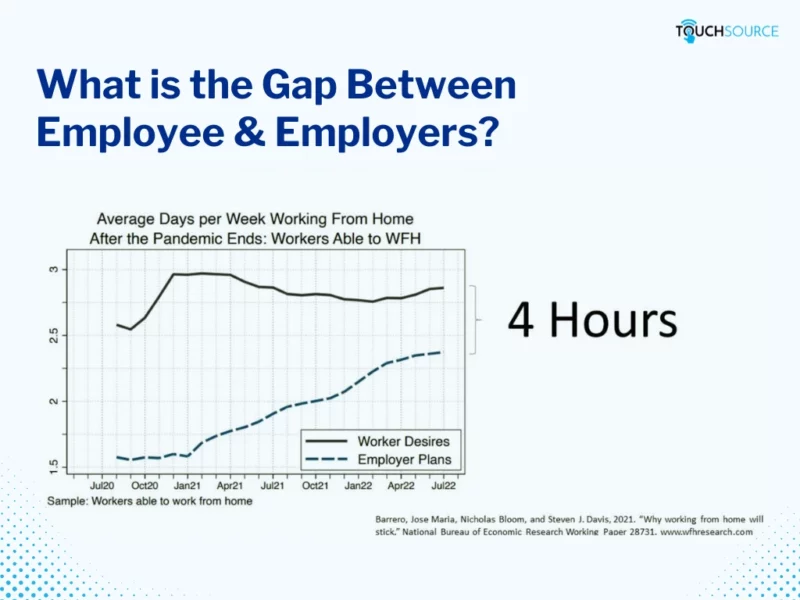 Second, deliver an experience you can’t get at home. Get employees excited about it. Give opportunities to collaborate and make the entire office experience seamless. Buildings and offices that use IoT-Connected signage can deliver this kind of experience.
Second, deliver an experience you can’t get at home. Get employees excited about it. Give opportunities to collaborate and make the entire office experience seamless. Buildings and offices that use IoT-Connected signage can deliver this kind of experience.
So what makes an office a great place to work? It’s more than offering the best commercial building amenities. The answer lies in creating a building experience that excites and engages employees. And the key to achieving this is through designing a workplace that supports productivity and meets the needs of our evolved workforce.
Here are four ways that buildings and enterprises can elevate their workspaces using digital signage.
4 Ways to Build a Strong Workspace with Digital Directories
1. Encourage content engagement with digital directories.
First, digital directories can encourage engagement and cut through the noise of smartphone notifications. Recent research from Duke University has shown that people are receiving between 65-80 notifications per day on their smart phones and the noise is deafening. As a result, people have become used to being heads-down, frequently notified, and not engaged in their surroundings.
Adding more content to email, apps, or phones won’t help that. By delivering useful, engaging and visually appealing content on a digital wall display, offices can encourage employees to share news and collaborate. Team members can share information, learn about events, or catch up on the latest news in a phone-free way. This helps break down barriers to communication and encourages collaboration and relationship-building.
2. Build community by spotlighting teams and people.
Second, digital content can foster a sense of community and belonging. Sharing photos of employees on-screen or spotlighting colleagues and teams can help raise awareness of different departments and teams.
Similarly, introducing new hires and interns can make introductions outside of company events. One TouchSource customer deployed a “Search By Picture” capability on their digital directory to help remove that anxiety in not knowing people’s name or facts.
3. Remove disorientation with digital mapping and signage.
Third, clear signage, instructions and clear mapping can help employees better navigate the workspace. With over 47 million resignations in the US in 2021, the turnover in corporations has been enormous. At one point, nearly 50% of employees had never been to their local office, which can increase anxiety and hesitation around coming to the office environment. It can be intimidating coming the office if you can’t find your desk, the coffee machine, or the bathroom. New space sharing environments are exciting but not intuitive and increase the hesitation in return.
By pausing and thinking about the way employees enter a space how they utilize the amenities, there is an opportunity for clear signage, instructions, contextual help and clear mapping. Digital solutions, like mobile wayfinding, auxiliary signage and conference room signage can people orient themselves within the workspace.
4. Use digital directories to celebrate success at work.
Finally, celebrating success and work happenings makes people feel a strong sense of belonging.
Did Daniel win a big deal? Did Joan celebrate an anniversary? Did Akhil get a new pet? Employees want to feel like the office is a space that represents them, their lives and achievements. Use the walls around you to celebrate that success. Digital directories can be used to share helpful work tips, in-building amenities, events and highlights around the office space. This will foster a sense of community pride and help employees get re-invested in the office experience.
Wrapping it up.
In conclusion, workspaces are changing to become purpose-built environments for gathering and socializing. IoT-connected signage and digital directories play a crucial role in delivering a compelling, memorable office environment that keeps employees informed and engaged. By investing in digital signage solutions, buildings and enterprises can create successful in-office work experiences that meet the expectations of their employees. Give TouchSource a call today to find out what digital directory tools can help you deliver a compelling work environment.


